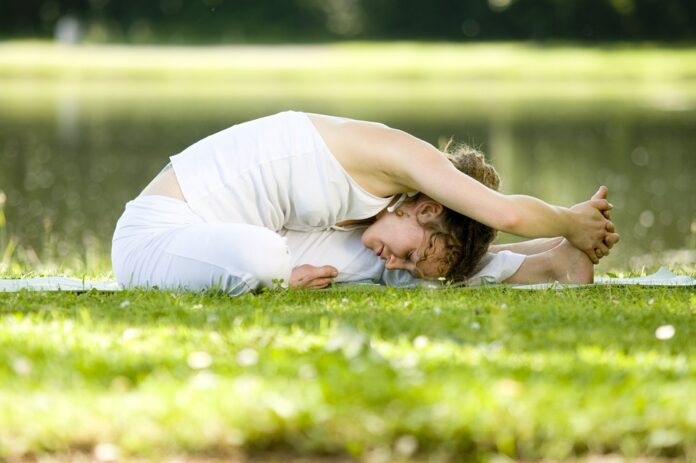As the COVID-19 pandemic continues to affect individuals worldwide, many people may wonder if it is safe to exercise while infected with the virus. Exercise is an essential component of maintaining overall health and well-being, but when dealing with a respiratory illness like COVID-19, it is crucial to approach physical activity with caution. In this article, we will explore whether it is safe to exercise when you have COVID-19 and provide guidelines for safely incorporating physical activity into your routine while recovering from the virus.
When it comes to exercising with COVID-19, the most important factor to consider is the severity of your symptoms. If you are experiencing mild symptoms such as a runny nose, sore throat, or mild cough, it may be safe to engage in light to moderate exercise. However, if you are experiencing more severe symptoms such as difficulty breathing, chest pain, or a high fever, it is best to avoid exercise altogether and focus on resting and recovering.
It is essential to listen to your body and pay attention to how you feel during and after exercise. If you experience any worsening of symptoms, such as increased shortness of breath, chest pain, or extreme fatigue, stop exercising immediately and seek medical attention. It is also important to stay hydrated and avoid pushing yourself too hard while exercising with COVID-19.
In addition to considering the severity of your symptoms, it is crucial to take into account the potential risk of spreading the virus to others. If you have tested positive for COVID-19, it is recommended to self-isolate and avoid contact with others, including refraining from going to public places like gyms or fitness centers. Instead, consider exercising at home or outdoors in a secluded area where you can maintain a safe distance from others.
When incorporating exercise into your routine while recovering from COVID-19, it is best to start with low-impact activities such as walking, gentle yoga, or stretching. These types of exercises can help improve circulation, reduce stress, and promote overall well-being without putting too much strain on your body. As you begin to feel better, you can gradually increase the intensity and duration of your workouts, but always listen to your body and adjust as needed.
In conclusion, while it may be possible to exercise with COVID-19, it is essential to approach physical activity with caution and prioritize your health and safety. If you are experiencing mild symptoms, you may be able to engage in light to moderate exercise, but if you are experiencing severe symptoms, it is best to rest and focus on recovery. Remember to listen to your body, stay hydrated, and avoid pushing yourself too hard. By following these guidelines, you can safely incorporate exercise into your routine while recovering from COVID-19.














